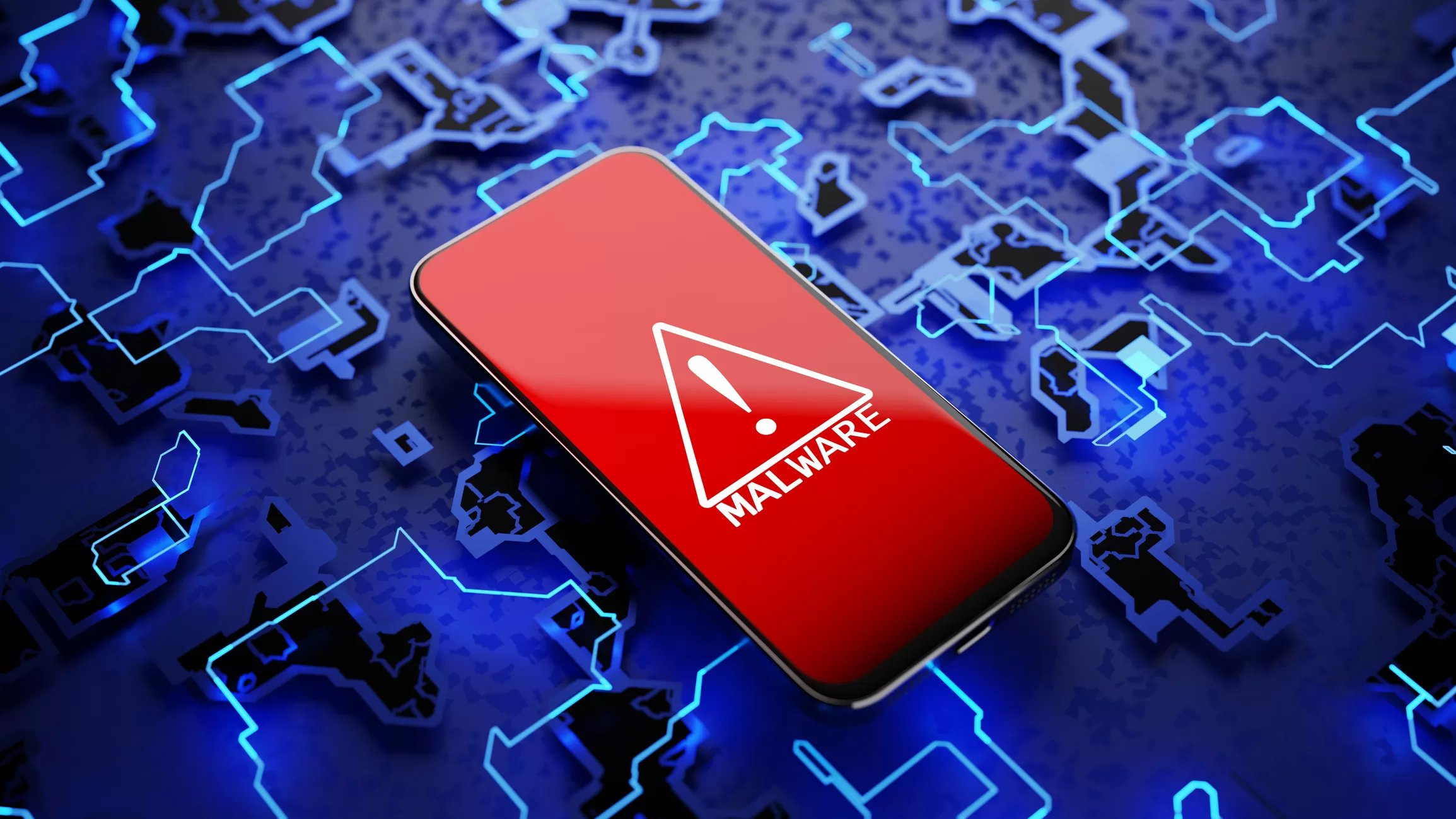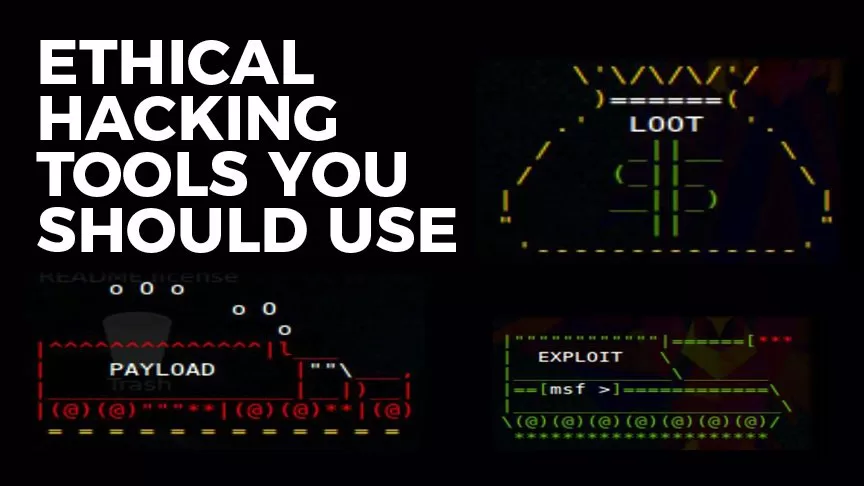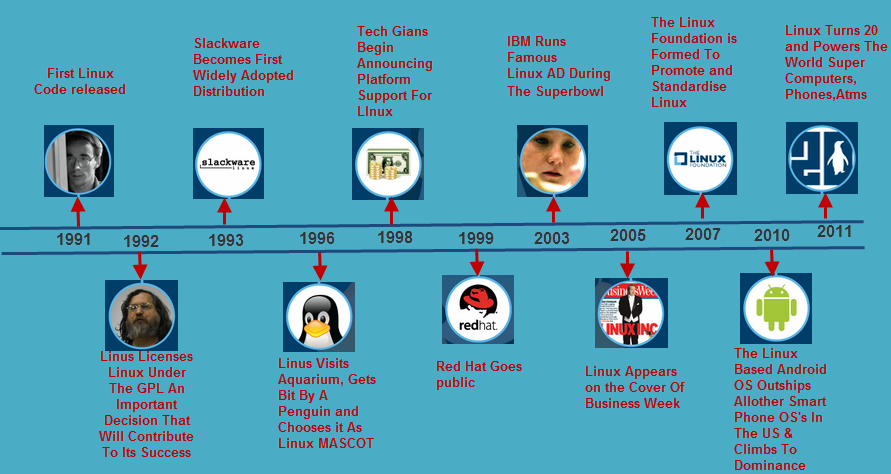Any malicious software intended to harm or exploit any programmable device, service, or network is referred to as malware. Cybercriminals typically use it to extract data they can use against victims to their advantage in order to profit financially. Financial information, medical records, personal emails, and passwords are just a few examples of the types of information that could be compromised.
In simple words, malware is short for malicious software and refers to any software that is designed to cause harm to computer systems, networks, or users. Malware can take many forms. It’s important for individuals and organizations to be aware of the different types of malware and take steps to protect their systems, such as using antivirus software, keeping software and systems up-to-date, and being cautious when opening email attachments or downloading software from the internet.
Malware is a program designed to gain access to computer systems, generally for the benefit of some third party, without the user’s permission. Malware includes computer viruses, worms, Trojan horses, ransomware, spyware, and other malicious programs.
Why Do Cybercriminals Use Malware?
- Cybercriminals use malware, which includes all forms of malicious software including viruses, for a variety of purposes.
- Using deception to induce a victim to provide personal information for identity theft
- Theft of customer credit card information or other financial information
- Taking over several computers and using them to launch denial-of-service attacks against other networks
- Using infected computers to mine for cryptocurrencies like bitcoin.
Types of Malware
- Viruses – A Virus is a malicious executable code attached to another executable file. The virus spreads when an infected file is passed from system to system. Viruses can be harmless or they can modify or delete data. Opening a file can trigger a virus. Once a program virus is active, it will infect other programs on the computer.
- Worms – Worms replicate themselves on the system, attaching themselves to different files and looking for pathways between computers, such as computer network that shares common file storage areas. Worms usually slow down networks. A virus needs a host program to run but worms can run by themselves. After a worm affects a host, it is able to spread very quickly over the network.
- Trojan horse – A Trojan horse is malware that carries out malicious operations under the appearance of a desired operation such as playing an online game. A Trojan horse varies from a virus because the Trojan binds itself to non-executable files, such as image files, and audio files.
- Ransomware – Ransomware grasps a computer system or the data it contains until the victim makes a payment. Ransomware encrypts data in the computer with a key that is unknown to the user. The user has to pay a ransom (price) to the criminals to retrieve data. Once the amount is paid the victim can resume using his/her system
- Adware – It displays unwanted ads and pop-ups on the computer. It comes along with software downloads and packages. It generates revenue for the software distributer by displaying ads.
- Spyware – Its purpose is to steal private information from a computer system for a third party. Spyware collects information and sends it to the hacker.
- Logic Bombs – A logic bomb is a malicious program that uses a trigger to activate the malicious code. The logic bomb remains non-functioning until that trigger event happens. Once triggered, a logic bomb implements a malicious code that causes harm to a computer. Cybersecurity specialists recently discovered logic bombs that attack and destroy the hardware components in a workstation or server including the cooling fans, hard drives, and power supplies. The logic bomb overdrives these devices until they overheat or fail.
- Rootkits – A rootkit modifies the OS to make a backdoor. Attackers then use the backdoor to access the computer distantly. Most rootkits take advantage of software vulnerabilities to modify system files.
- Backdoors – A backdoor bypasses the usual authentication used to access a system. The purpose of the backdoor is to grant cyber criminals future access to the system even if the organization fixes the original vulnerability used to attack the system.
- Keyloggers – Keylogger records everything the user types on his/her computer system to obtain passwords and other sensitive information and send them to the source of the keylogging program.
How To Know If Our Devices Are Infected With Malware?
The following are the most typical indications that malware has compromised your computer:
- Performing poorly on the computer by execution.
- When your web browser directs you to a website you didn’t intend to visit, this is known as a browser redirect.
- Warnings about infections are frequently accompanied by offers to buy a product to treat them.
- Having trouble starting or shutting down your computer.
- Persistent pop-up ads.
How To Protect From Malware?
The good news is that there are just as many ways to protect yourself from malware as there are different types of malware. Look at these top suggestions:
- Protect your devices.
- Update your operating system and software. Install updates as soon as they become available because cybercriminals search for vulnerabilities in out-of-date or outdated software.
- Never click on a popup’s link. Simply click the “X” in the message’s upper corner to close it and leave the page that generated it.
- Don’t install too many apps on your devices. Install only the apps you believe you will regularly use and need.
- Be cautious when using the internet.
- Do not click on unidentified links. If a link seems suspicious, avoid clicking it whether it comes from an email, social networking site, or text message.
- Choose the websites you visit wisely. Use a safe search plug-in and try to stick to well-known and reputable websites to avoid any that might be malicious without your knowledge.
- Emails requesting personal information should be avoided. Do not click a link in an email that appears to be from your bank and asks you to do so in order to access your account or reset your password. Log in immediately at your online banking website.
How To Remove Malware?
As was already mentioned, a large number of security software programs are made to both find and stop malware as well as to eliminate it from infected systems.
An antimalware tool that handles malware detection and removal is Malwarebytes. Malware can be eliminated from Windows, macOS, Android, and iOS operating systems. A user’s registry files, currently running programs, hard drives, and individual files can all be scanned by Malwarebytes. Malware can then be quarantined and removed if it is found. Users cannot, however, set automatic scanning schedules like they can with some other tools.
Advantages of Detecting and Removing Malware
- Improved Security: By detecting and removing malware, individuals, and organizations can improve the security of their systems and reduce the risk of future infections.
- Prevent Data Loss: Malware can cause data loss, and by removing it, individuals and organizations can protect their important files and information.
- Protect Reputation: Malware can cause harm to a company’s reputation, and by detecting and removing it, individuals and organizations can protect their image and brand.
- Increased Productivity: Malware can slow down systems and make them less efficient, and by removing it, individuals and organizations can increase the productivity of their systems and employees.
Disadvantages of Detecting and Removing Malware
- Time-Consuming: The process of detecting and removing malware can be time-consuming and require specialized tools and expertise.
- Cost: Antivirus software and other tools required to detect and remove malware can be expensive for individuals and organizations.
- False Positives: Malware detection and removal tools can sometimes result in false positives, causing unnecessary alarm and inconvenience.
- Difficulty: Malware is constantly evolving, and the process of detecting and removing it can be challenging and require specialized knowledge and expertise.
- Risk of Data Loss: Some malware removal tools can cause unintended harm, resulting in data loss or system instability.




